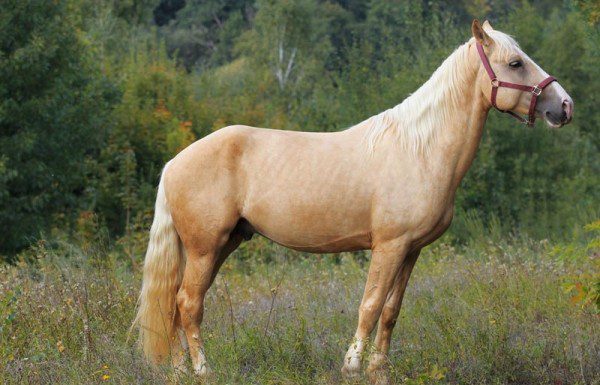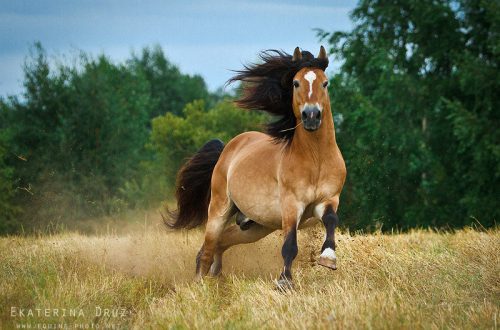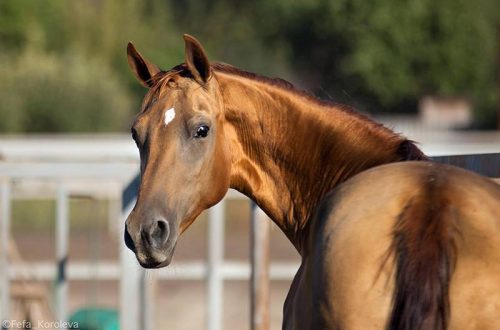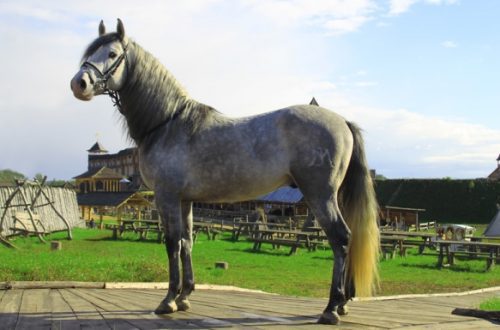
tori breed

History of the breed
The Tori horse is a versatile draft horse breed. The breed was bred in Estonia. It was approved as an independent breed in March 1950. The main breeding core of the breed was created in the Tori stud farm, organized in 1855, 26 km from the city of Pärnu.
In Estonia, a small native Estonian horse has long been bred, perfectly adapted to local conditions, possessing remarkable endurance, fast gait and low demands.
However, due to its small height and weight, it did not satisfy the need for a medium and heavy agricultural horse, which put forward the task of creating a larger breed of horses, with greater carrying capacity, adapted to local conditions.
When breeding the breed, complex crosses were carried out. Local mares were first improved with Finnish, Arabian, thoroughbred riding, Oryol trotting and some other breeds. Then the animals of crossbred origin were crossed with stallions of the Norfolk and post-Breton draft breeds, which had the greatest impact on the useful qualities of the Tori horses.
The ancestor of the breed is considered the red stallion Hetman, born in 1886. In 1910, at the All-Russian Horse Exhibition in Moscow, Hetman’s descendants were awarded a gold medal.
The Tori horse is good-natured, easy to ride, not skittish. It is distinguished by great endurance and carrying capacity, combined with an accommodating character, unpretentiousness and the ability to digest food well. Horses became popular in Estonia, Latvia, Lithuania, Belarus and were highly appreciated here as agricultural and breeding horses.
Currently, the Tori breed is being improved in the direction of facilitating and obtaining riding (sports) and walking horses. To do this, they are crossed with stallions of riding breeds (mainly with Hanoverian and Trakehner).
As improvers, horses of the Torian breed are used in the farms of the northwestern regions of Russia and Western Ukraine.
Features of the exterior of the breed
Tori horses are distinguished by a harmonious constitution. Horses have short legs, a long rounded body with a wide, rounded, deep chest. They have dry limbs and well-developed musculature of the body, especially in the forearm. The croup is wide and long. Horses have a well-proportioned head with a broad forehead, wide nose bridge, large nostrils, and wide intermaxillary space; their neck is muscular, not long, usually equal to the length of the head. The withers are fleshy, low, wide. The average height at the withers is 154 cm.
More than half of the horses of the Tori breed are red-colored, often with white marks, which makes them very elegant, about a third are bay, there are also black and roan.
Applications and achievements
Tori horses are used in agricultural work and in equestrian sports, mainly in competitions to overcome obstacles.
In tests for maximum load capacity, Tori horses showed excellent results. The record-breaking stallion Hart carried a load of 8349 kg. The ratio between its live weight and load was 1:14,8. The stallion Khalis carried a load of 10 kg; in this case the ratio was 640:1.
Harnessed in an ordinary cart along a dirt road with two riders, Tori horses traveled an average of 15,71 km per hour. The efficiency and endurance of Tori horses were highly appreciated not only in special tests, but also in working with agricultural implements and in transporting household goods.
The record breed is Herg’s mare, born in 1982, who ran a distance of 2 km in a wagon with a load of 1500 kg in 4 minutes 24 seconds. The best time for the delivery of goods in steps was shown by a ten-year-old stallion Union. He drove a wagon with a load of 4,5 tons over a distance of 2 km in 13 minutes 20,5 seconds.





